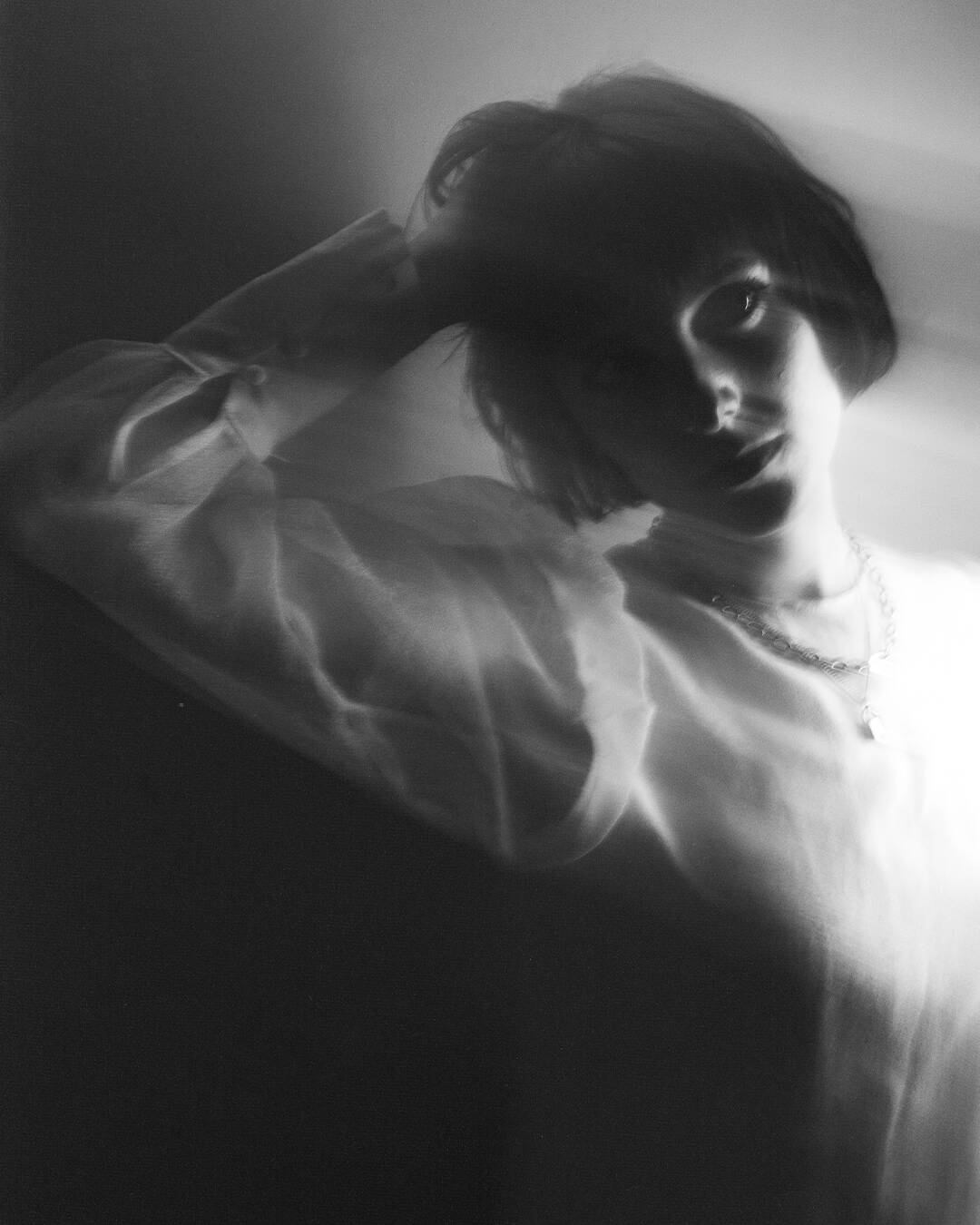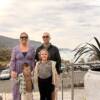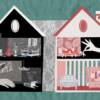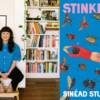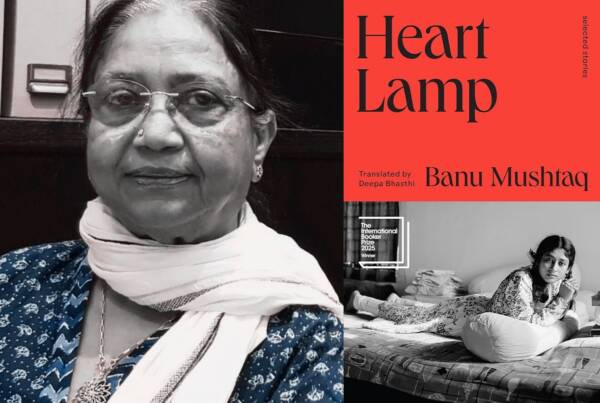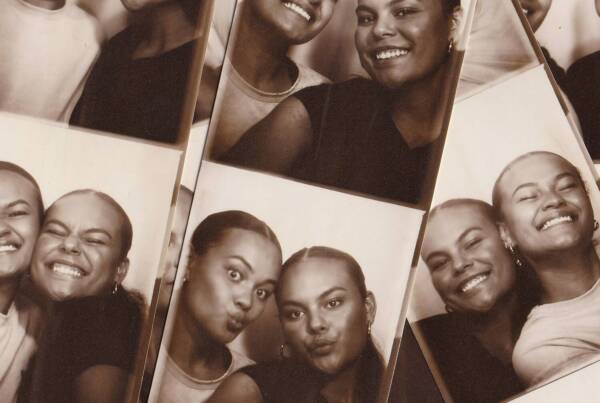Interview of Clara Kay by Freya Bennett
Clara Kay’s sophomore single, Postcard Town, is a modern sea shanty for anyone aching to start over. Blending cinematic rock with singer-songwriter vulnerability, the track feels like standing at the edge of something dreamy, stormy, and full of longing. I spoke to the Boston-based artist about the emotional undercurrents of her new release, how she’s shaping her solo sound, and why each song on her upcoming EP tells a different story of heartbreak.
Hey Clara, congrats on your latest single, Postcard Town, how are you feeling now that it’s out in the world?
Hi!! Thank you so much! I’m feeling a lot of things — relief comes to mind first, though. I’ve been sitting on this song since November and I’ve been buzzing with excitement to share it. It’s one of my favorite songs I’ve written so far.
You described Postcard Town as part sea shanty, part stadium rock, part sad girl singer-songwriter, what does that genre cocktail unlock for you emotionally or creatively?
When I started the Clara Kay project, I promised myself I wouldn’t half-ass anything. If I committed to a sound, I’d go all-in and pull out every stop sonically. So, if I was going to write a modern-day sea shanty, I was going to push myself to make it excellent.
Postcard Town started with just my voice and guitar, but as I reflected on the emotional landscape of the song, I started hearing all these textures. The main image that kept surfacing was a crashing wave. I wanted the song to move like water – lush and serene in some places, choppy and wild in others. Using that image as my framework opened up a whole world of arrangement ideas I wouldn’t have come up with otherwise.
The trumpet in Postcard Town hits like a lighthouse in the fog, bold, mournful, and kind of heroic. What did that moment mean to you in the writing or production process?
That trumpet solo was written by Preston Lydotes, my co-writer and co-producer. He came up with that almost immediately — it just flowed out of him. He showed it to me the day after he wrote it and was like, “What do you think? Should we tweak anything?” We tinkered around with it some more after that, but eventually came to the conclusion that the original way he wrote it was perfect as it was. It’s always pretty magical when that happens.
It was a really fun solo to record live, too. I had the pleasure of engineering and producing the horn session. I invited some of my peers from Berklee College of Music to play on the record. That solo was played by Caleb Camara. It’s a challenging solo with some high notes, but Caleb made it sound great.
You’ve spent years fronting rock bands and writing folk songs in secret, how does it feel now to let both sides coexist in your solo work?
Without those years playing in bands and studying rock history, I wouldn’t be half the musician I am today. Everything I do is through the band lens — I’m always asking myself, “How can this specific instrument shine in this section? What will this sound like live? Would I move to this if I were in the audience?”
Starting my solo project was a challenge at first. I beat myself up a lot. It felt like I was starting from scratch, since I’d never had the chance to fully tell my story before. Having so much freedom made me feel suffocated, ironically. I was finally able to breathe again when I remembered: I’m the artist I am because of those experiences. Every new thing I learn just adds another tool to the box and makes me better.
You’re building a project where each song explores heartbreak through a different character or lens. What can you tell us about the character in this track and does she get on the ferry in the end?
That’s right! Each song on the EP I’m building represents a different stage of grief in a relationship. As the cowboy in On Purpose, I was in the bargaining stage. As the sailor in Postcard Town, I’m aching to reach acceptance.
But… does the sailor actually find peace in this song? That’s up to the listener. Once the full tracklist is out, I hope people look back and trace how each character moved through their stage of grief — or didn’t.
This is only your second single, but your sonic world already feels fully formed. What’s been guiding you most as you shape this solo project — instinct, moodboards, long walks, heartbreak playlists…?
I think being a fan of excellent music is my guiding light. I obsess over and gravitate towards bands with deep lore, thought-provoking lyrics, and sonic stories that are fun to follow. It’s so fun to be a fan! I want to give my fans that same excitement and joy, so I do my best to be the kind of artist that people feel compelled to deep-dive into.


